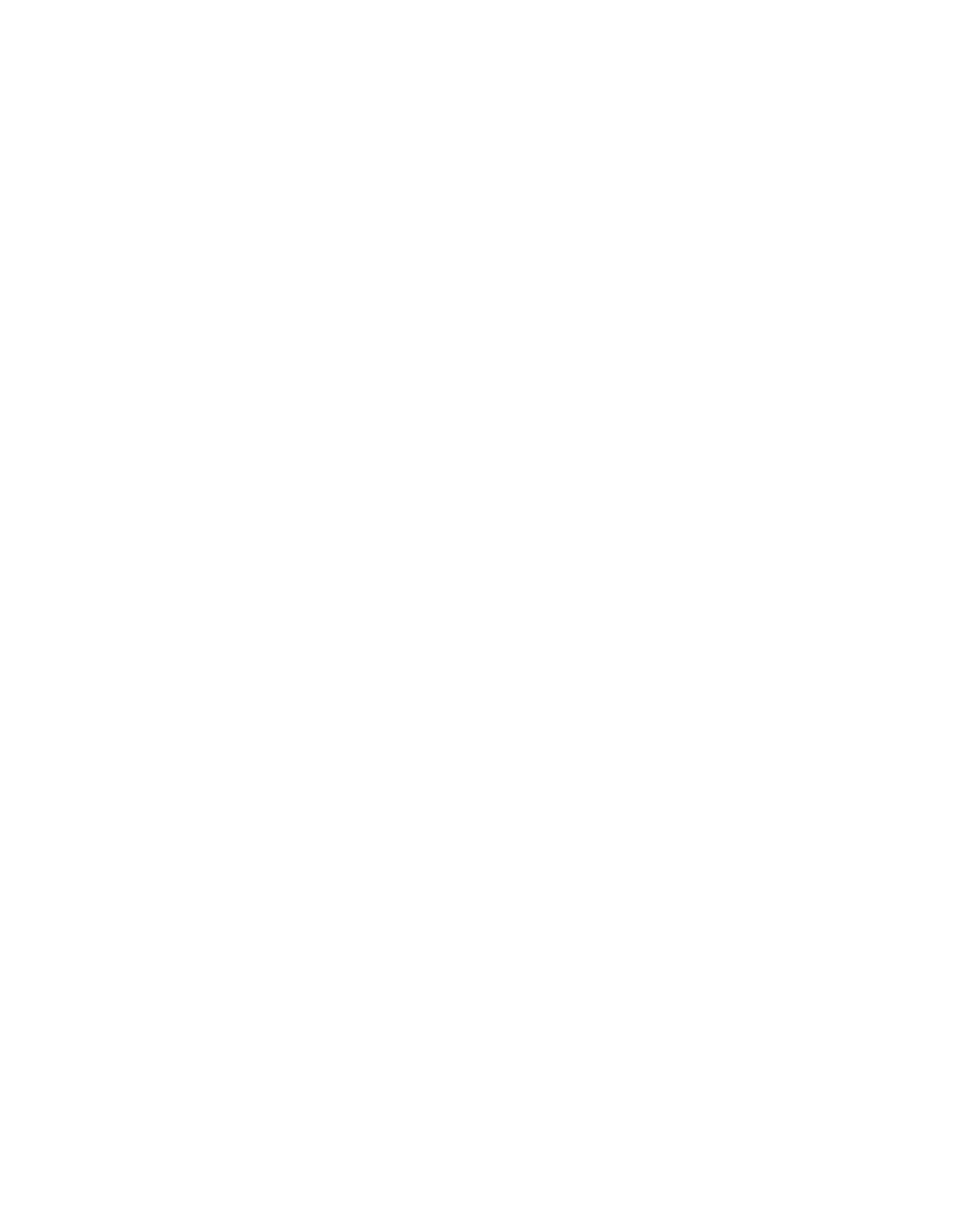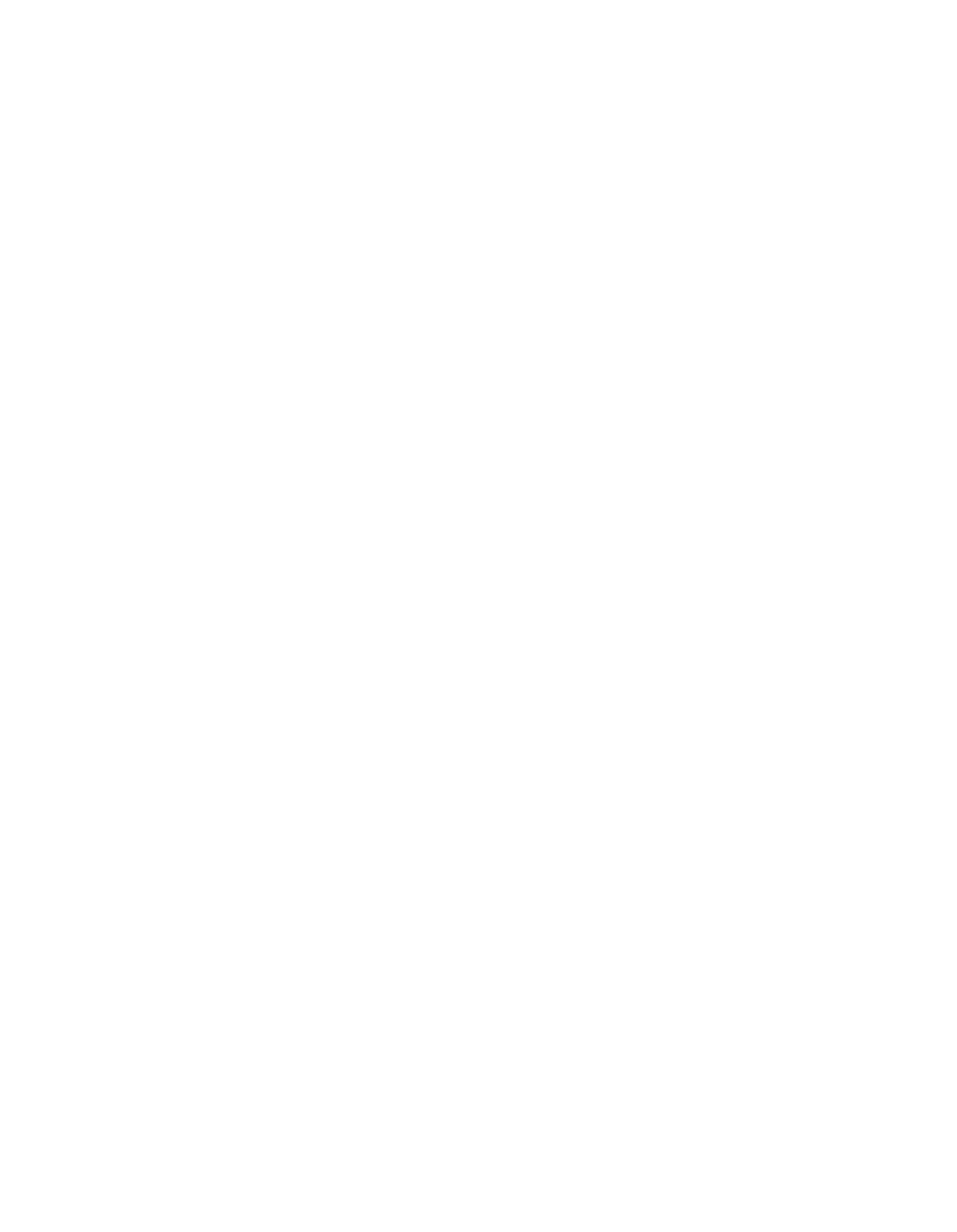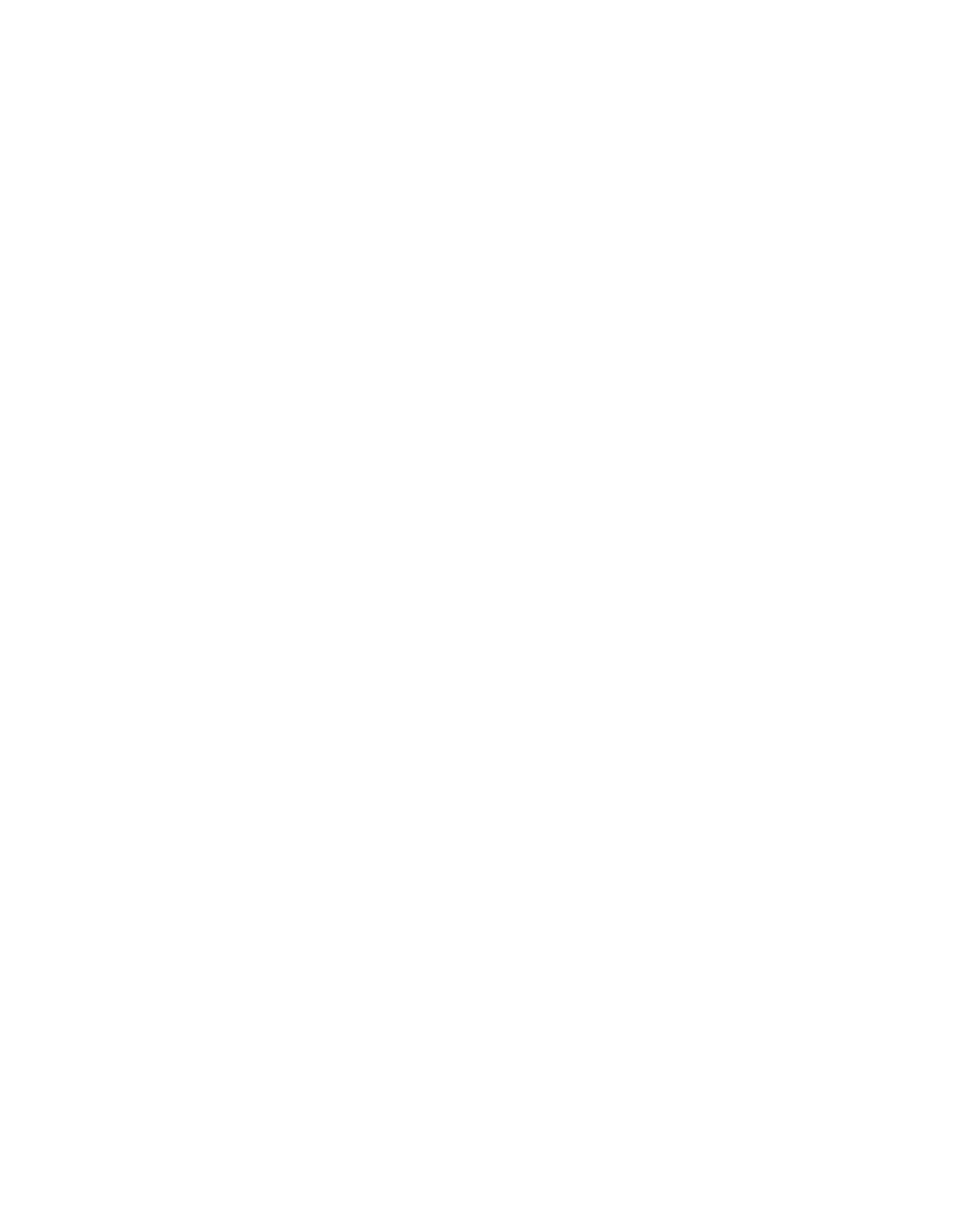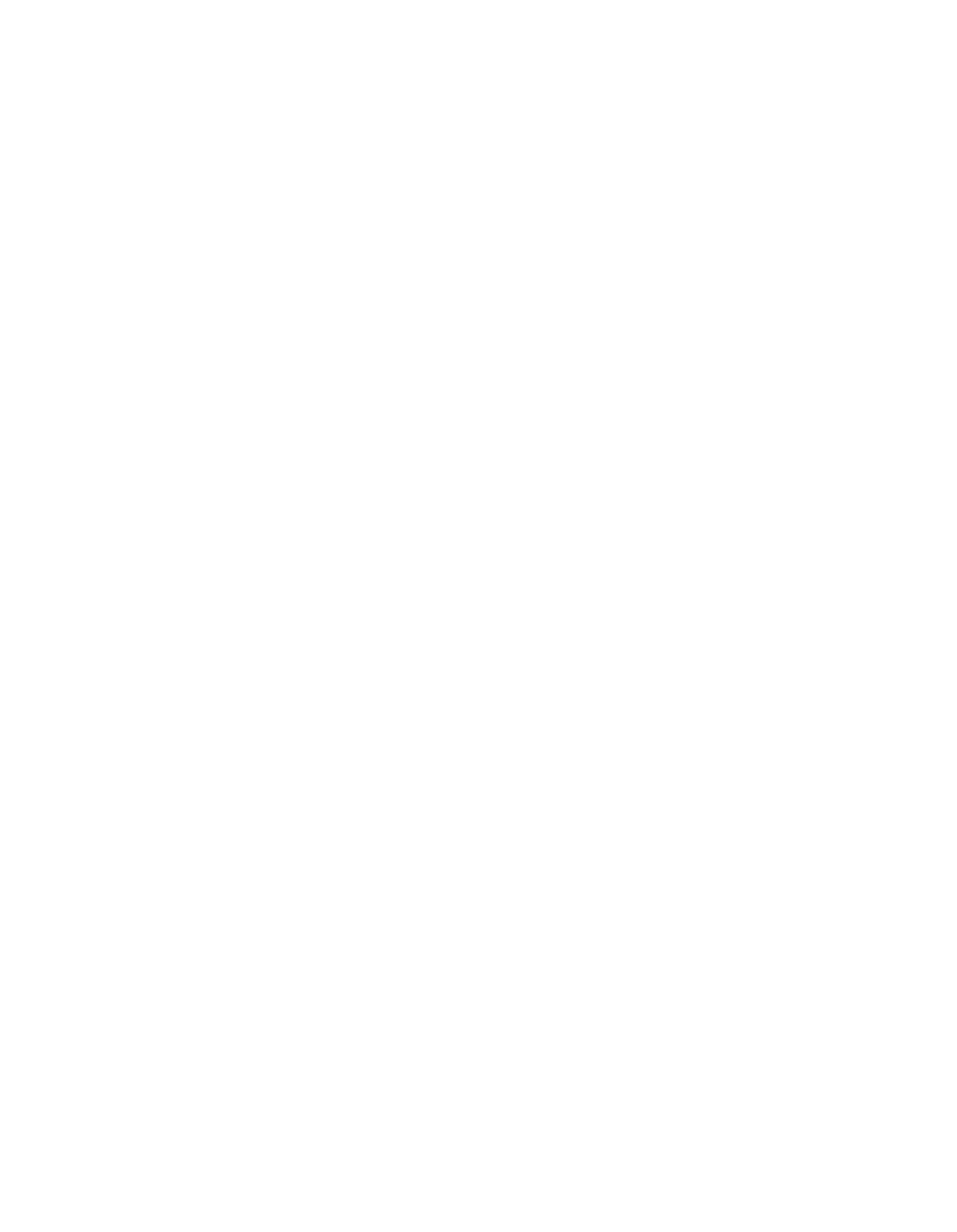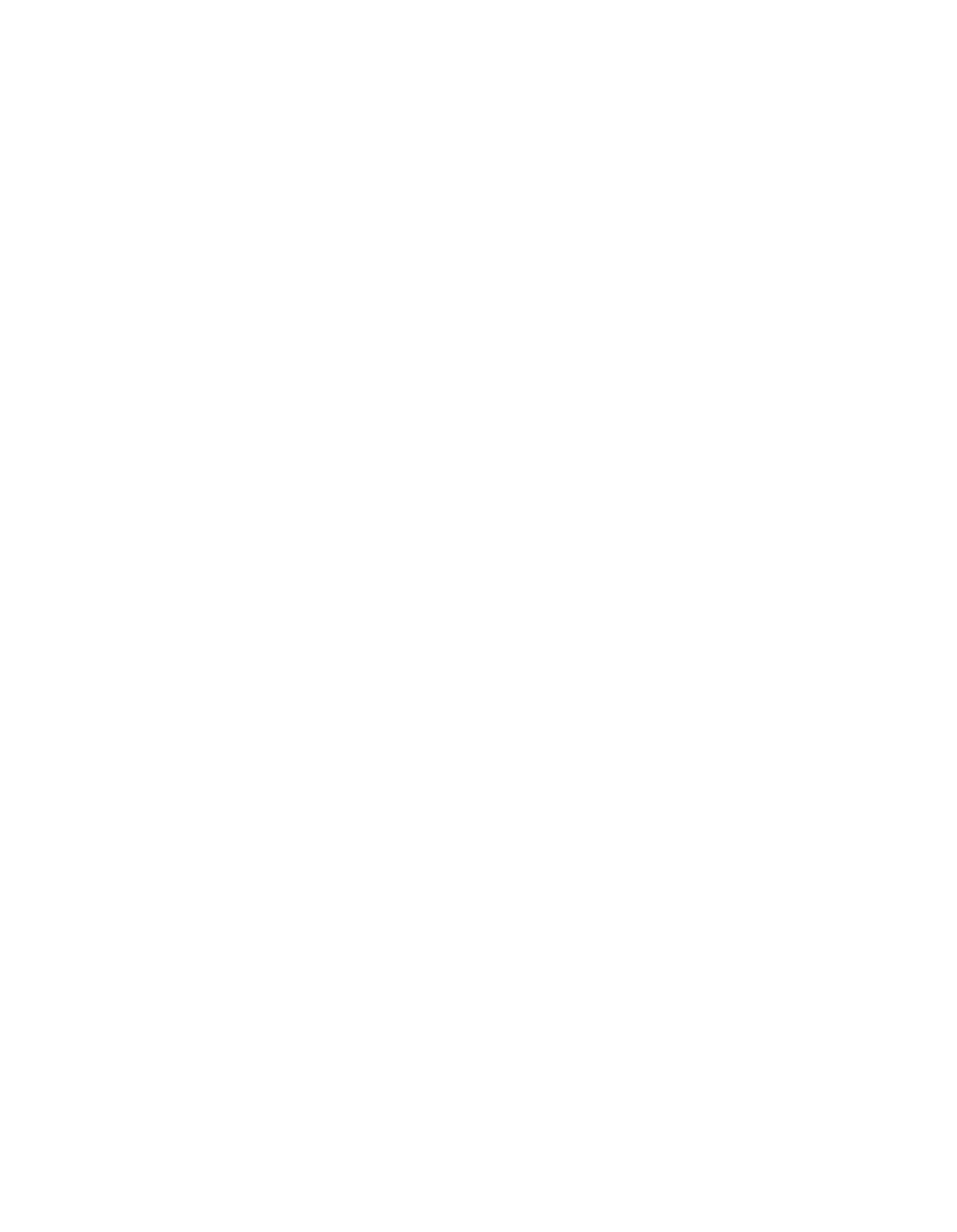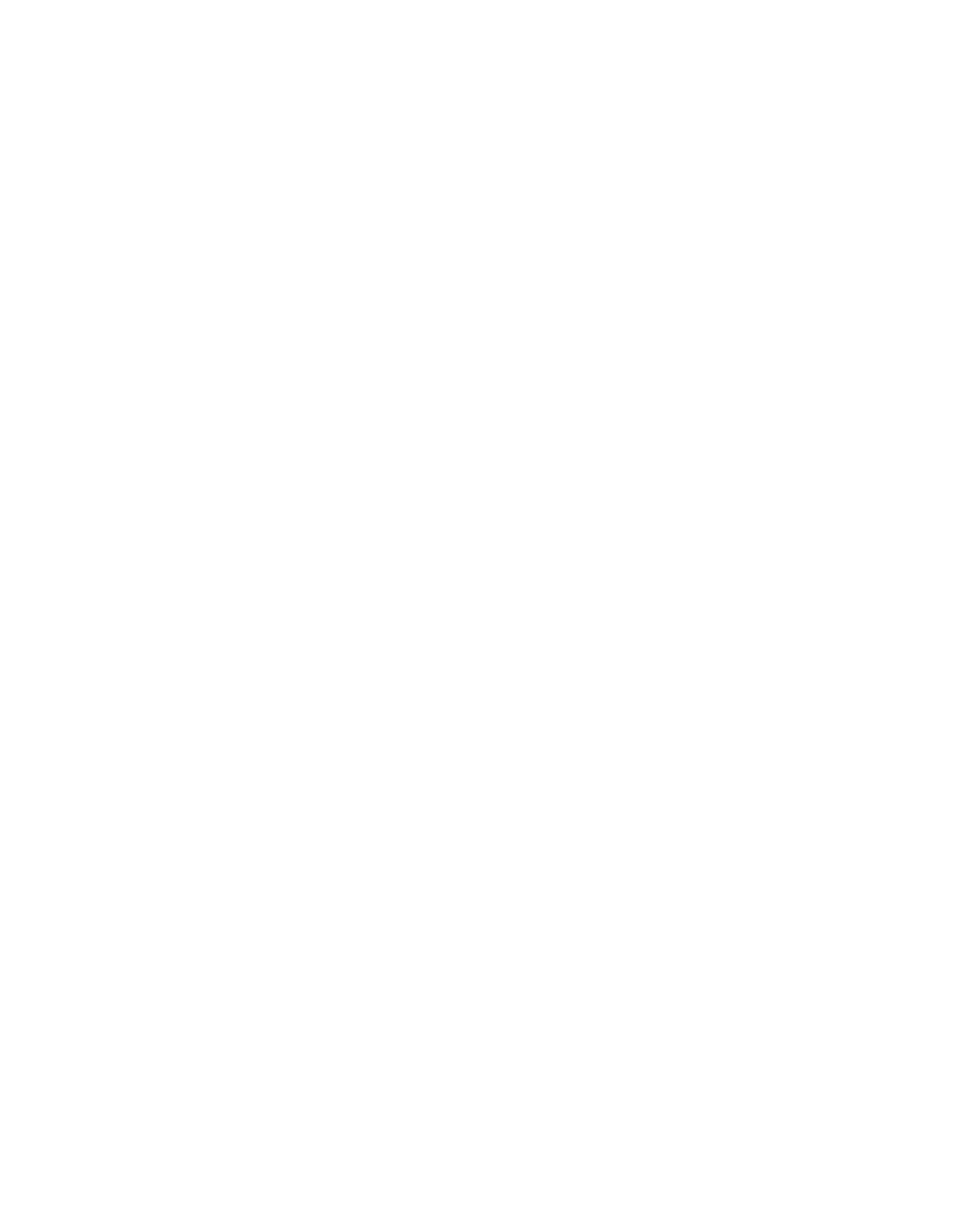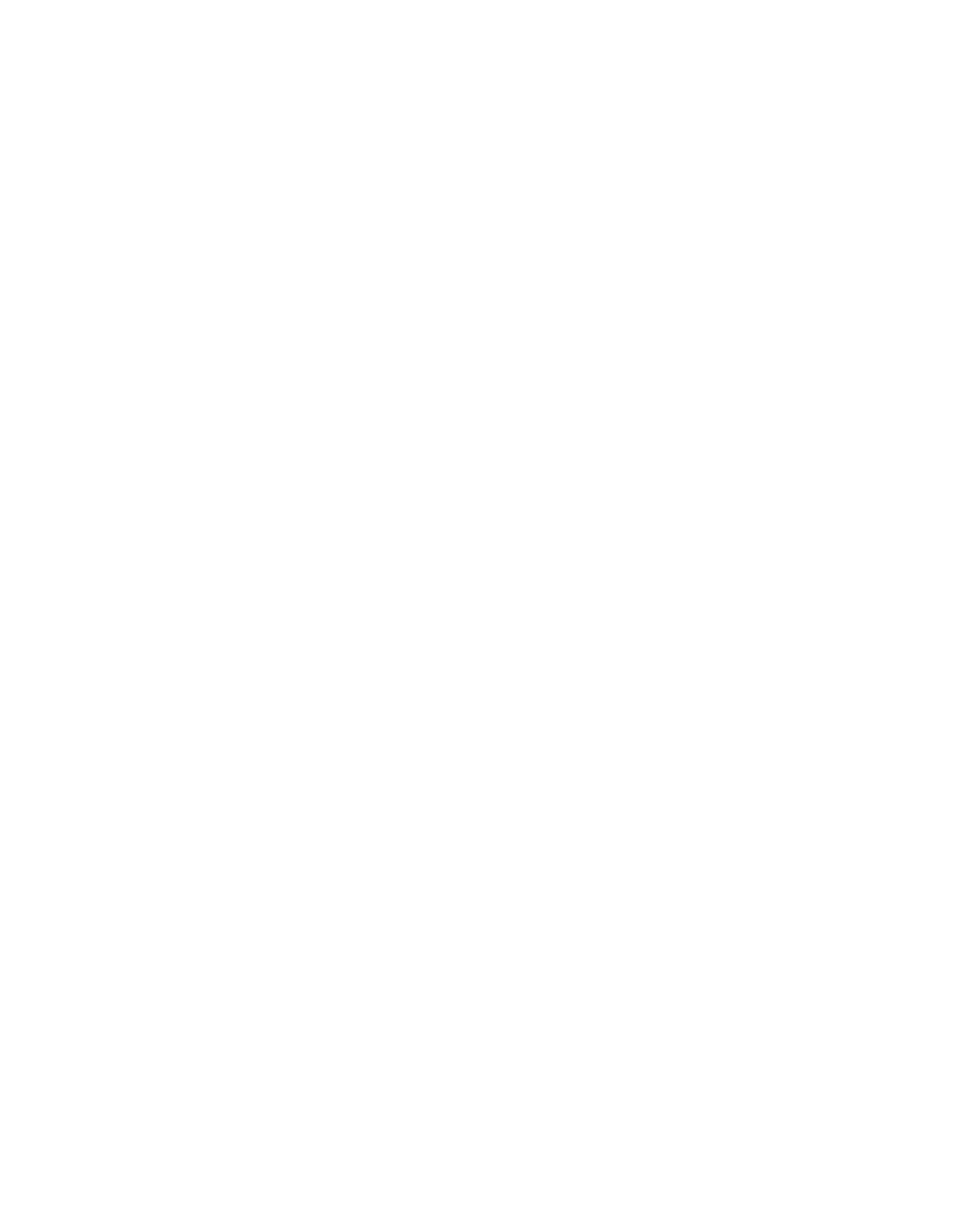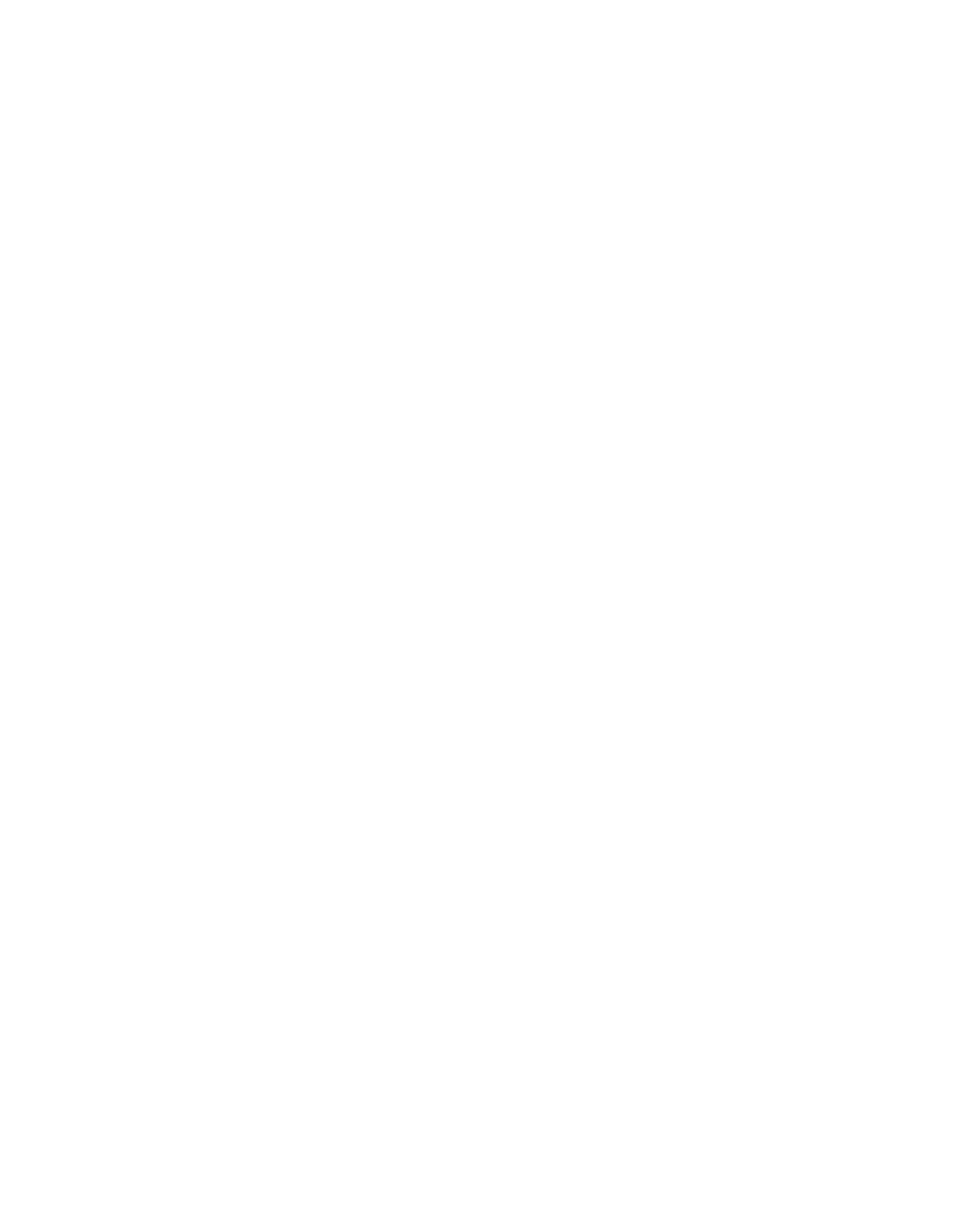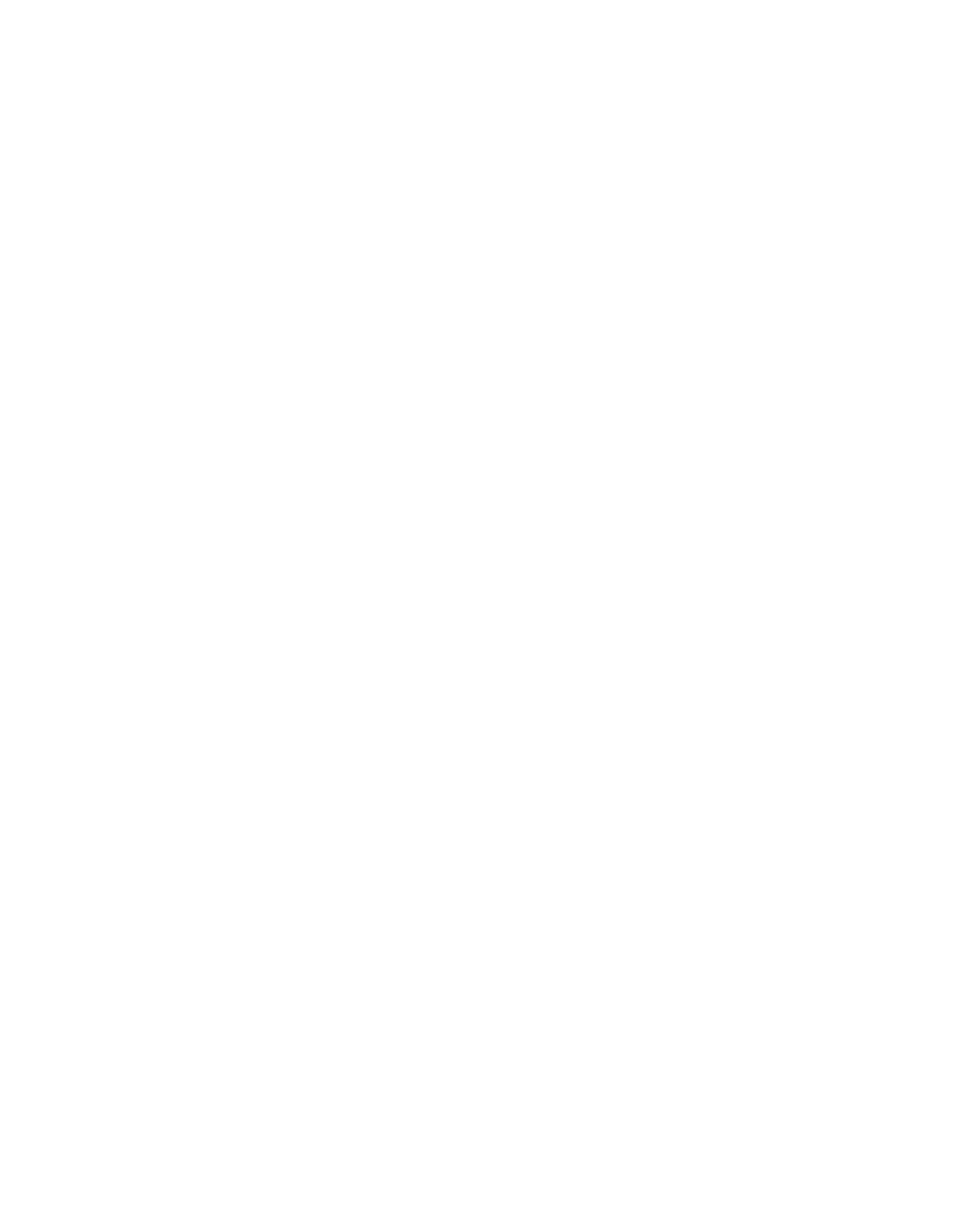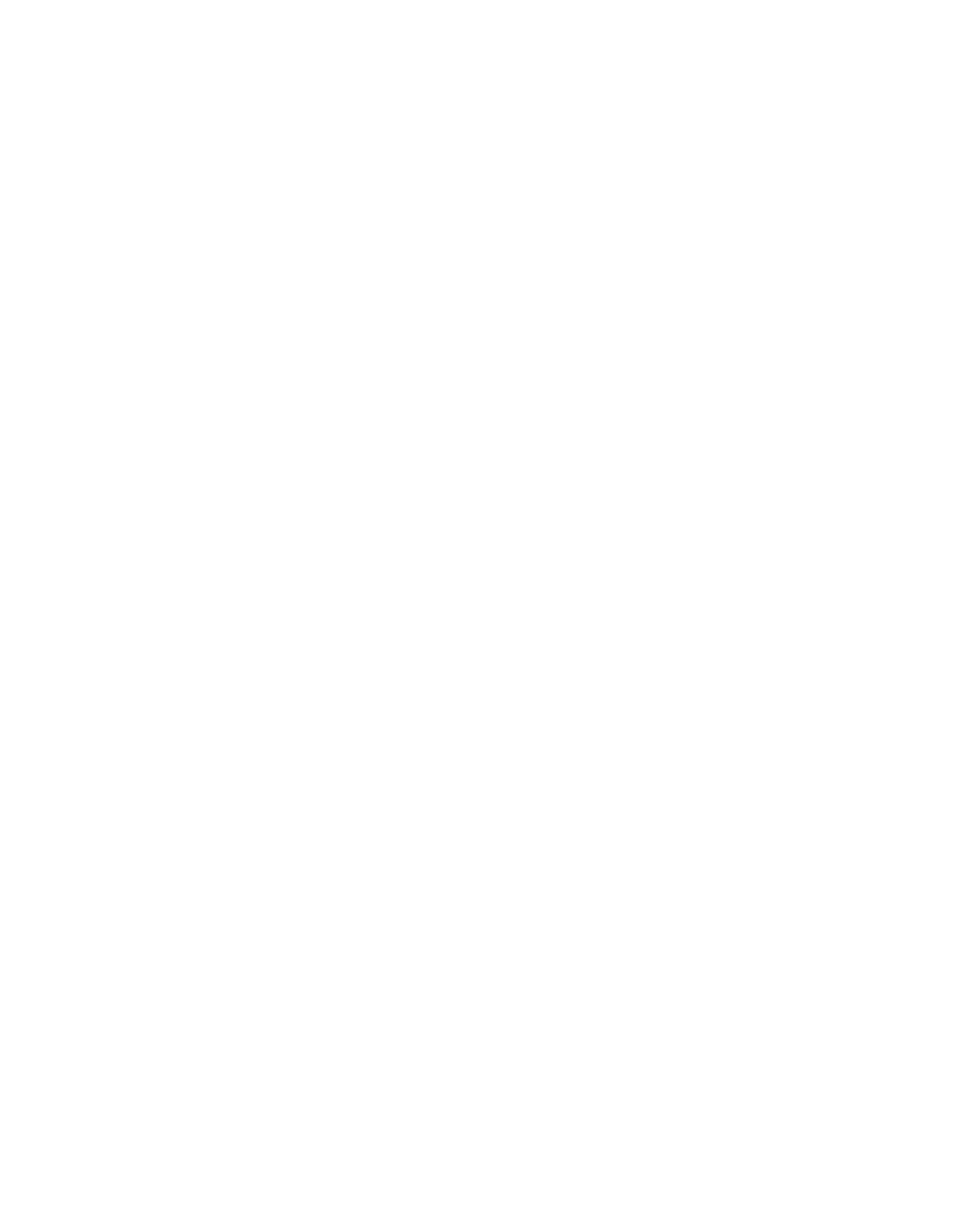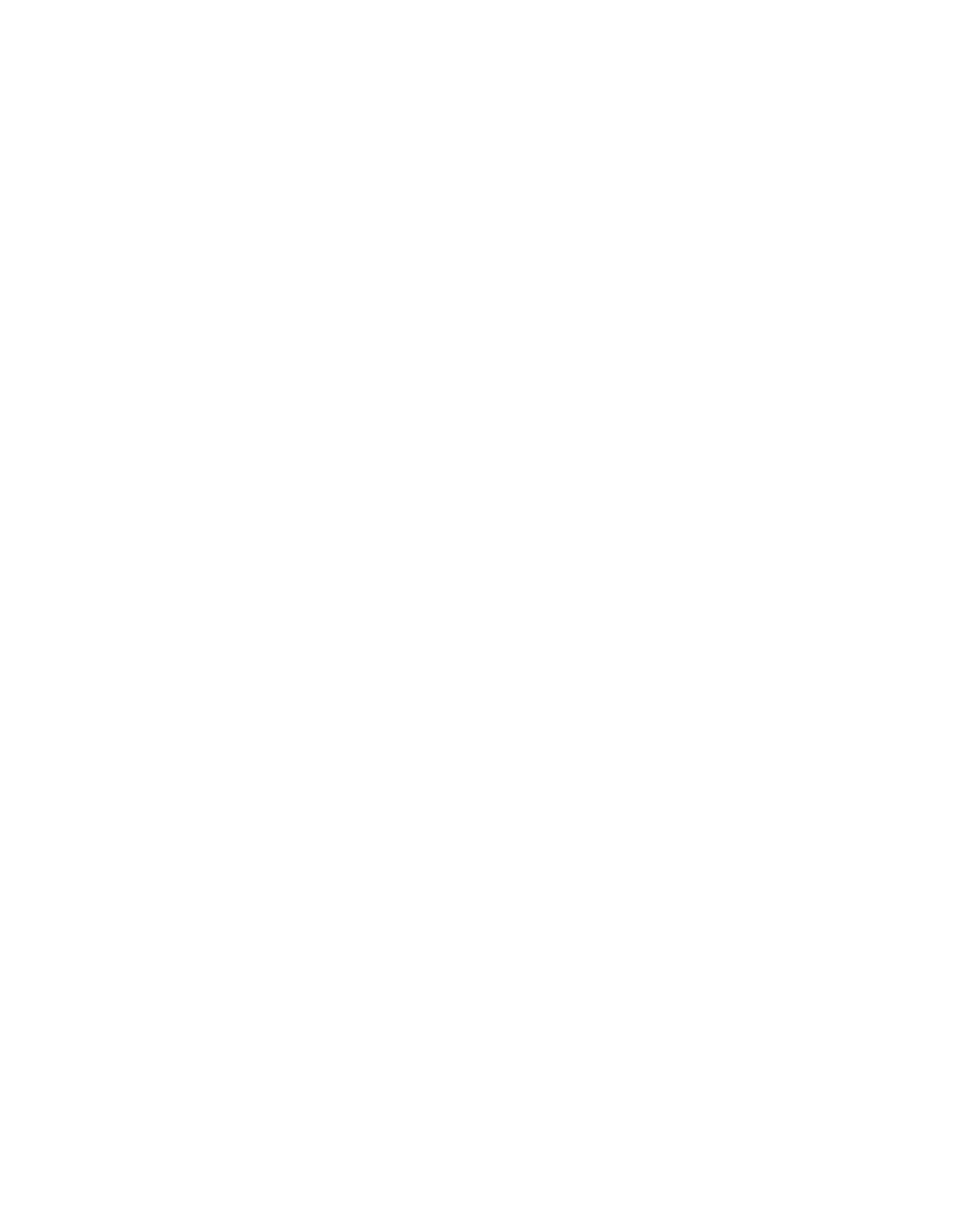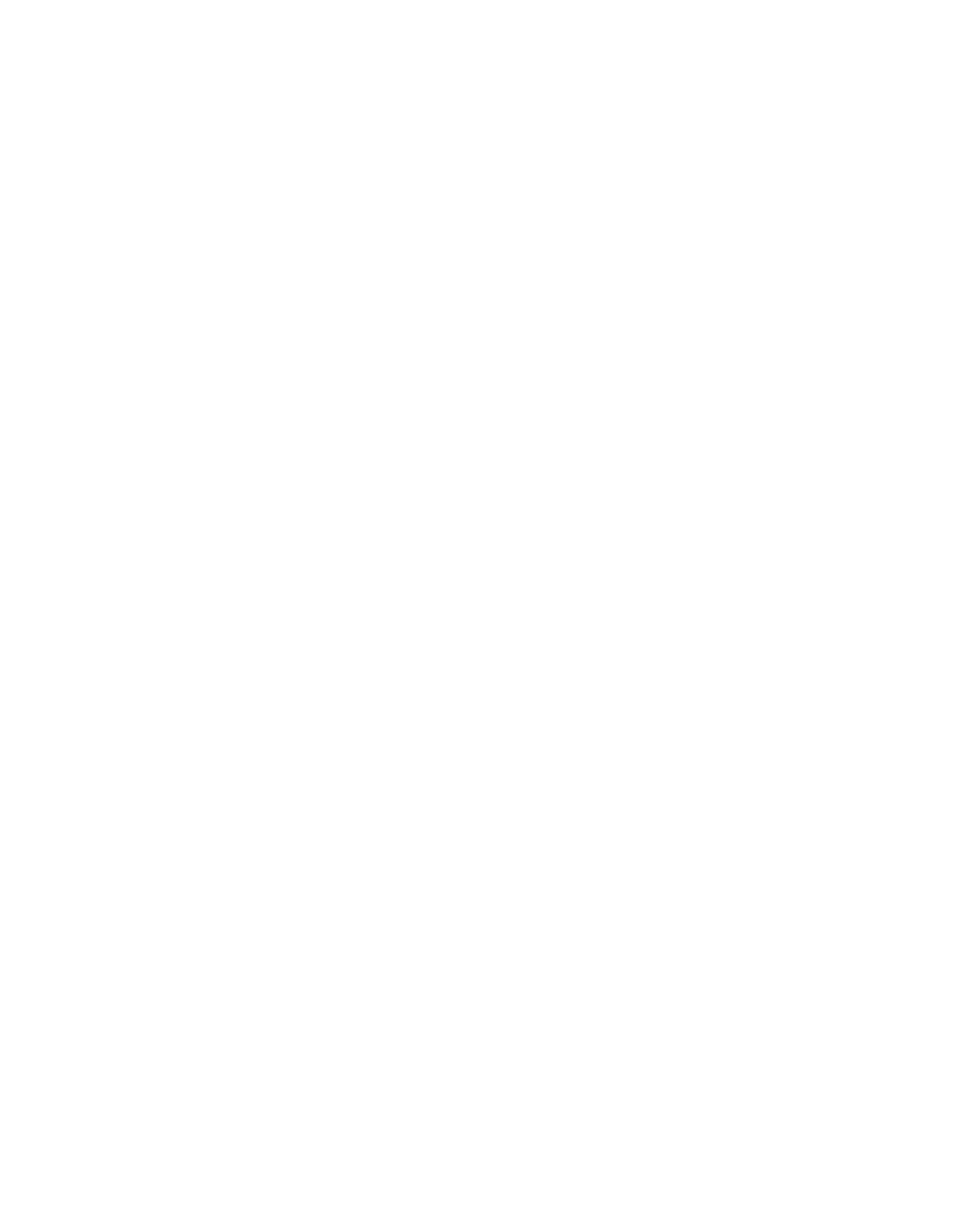ILLINOIS POLLUTION CONTROL BOARD
December 19,
1991
IN THE MATTER OF:
)
R90—20
DIESEL VEHICLE EXHAUST
)
(Rulemaking)
OPACITY LIMITS
)
PROPOSED RULE.
SECOND NOTICE.
SUPPLEMENTAL OPINION
AND
ORDER OF THE BOARD
(by J.
D.
Dumelle):
This
matter
is
before
the
Board
on
its
own
motion.
On
November 27,
1991, we proposed a Second Notice package concerning
diesel exhaust opacity.
Due to the significant changes made from
First Notice to
Second Notice,
we established
a brief period
in
order to receive comment from the participants in this rulemaking.
In
total,
the
Board
received
five
subTnittals.
The commenters
included
Detroit
Diesel
Corporation
(DDC,
P.C.
#131);
Engine
Manufacturers Association (EMA, P.C.
#132); Illinois Environmental
Protection
Agency
(Agency,
P.C.
#133);
Regional
Transportation
Authority,
(RTA,
P.C.
#134)
and; the Chicago Lung Association and
the Illinois Chapter of the Sierra Club
(CLA/ICSC,
P.C.
#135).
DDC, while supporting the rule,
alleges that an anomaly has
been discovered during the California Roadside Smoke program that
makes
it likely that the entire family of DDCs
1987-1990 series
60
engines
will
fail
the
55
opacity
snap
acceleration
test.
Indeed,
DDC claims that the engine
family will
fail any opacity
standard
less
than about
85.
DDC
asserts,
however,
that
the
engines which emitted 89
over the snap acceleration test emitted
only l3-18
over the EPA federal smoke test,
and that the engines
have very low smoke levels under most other operating conditions.
DDC states that,
while the engines can be recalibrated,
it
requires connecting each engine to
a computer for reprogramming,
a
“logistically difficult” task for all existing engines.
(P.C.
#131,
p.
1.)
DDC notes
that,
for
1991,
this
anomaly has been
corrected with revisions to the engine control software.
DDC
proposes
that
the
Board
add
the
language
that
the
California Air Resources Board
adopted to address this problem.
The language DDC proposed is as follows:
Exemptions from the opacity standards in Paragraph (a) (2)
may be granted for engine families that cannot meet the
standard
because
of
inherent
engine
design
characteristics
or
nonadjustable
fuel
metering
parameters.
Exemptions may be based
on the voluntary
submission of technical information by engine or vehicle
manufacturers.
Such technical information may include
128—355
2
certification test and/or snap-idle test opacity data.
Alternative
opacity
standards
would
thereupon
be
established for the exempted engine families.
(P.C. #131,
p.
2.)
We first note that DDC’s submittal is significantly at odds
with the prior testimony in this proceeding of the EMA, which DDC
states in its comment that it helped prepare and fully supports.
However,
DDC’s comments also appear to be asserting that it has
only recently discovered its problem, and our following discussion
and proposed amendment are based on this assumption.
The Board declines to accept the amendment proposed by .DDC.
The
language
is much
too
broad,
and DDC
fails
to
justify
the
sweeping language.
The amendment,
as drafted,
is not tailored to
DDC’s
660
series
problem.
It
does not
even provide
that
the
problem be recently discovered.
Rather,
it sets up a mechanism of
standard by exception, with rather loose justifications, of general
applicability to all pre-1991 engine
families.
In other
words,
exemptions
from the 55
standard may be granted,
and alternative
standards established,
for “engine families that cannot meet the
standard
because
of
inherent
engine
design
characteristics
or
nonadjustable
fuel
metering
parameters”.
The
record
of
this
proceeding already fully supports the Board’s conclusion that the
standard was overwhelmingly supported by, and justified for,
the
engine families generally,
and we decline to,
in essence,
open up
this standard at the back end of this rulemaking.
We note that
under the Illinois system there are relief mechanisms available for
asserting
special
circumstances
should
they
occur
after
these
regulations are adopted.
However,
DDC
arguably
has
timely
placed
its
own
newly
discovered
problem
in
the
record
of
this
proceeding
for
Board
consideration.
The problem
is that DDC has not provided enough
information at
this juncture
for the
Board
to even consider
its
request for relief, much less act upon it.
On balance, we believe that the best way to solve this problem
is
to
add
to
the proposed regulation
at Section
240.141
a
new
subsection
(d).
This
subsection utilizes the adjusted standard
procedure found
at
Section
28.1(b)
of the
Act
and establishes
levels
of
justification
in the
rule
of
general
applicability.
Section 28.1(b)
states:
In adopting a rule of general applicability, the Board
may specify
the
level
of justification required
of
a
petitioner for an adjusted standard consistent with this
Section.
We note that the new subsection
(d)
specifies the DDC
1987-
1990 Series
60
engines,
and requires
information addressing the
uniqueness
of the problem,
submittal
of all
test data regarding
128—356
3
USEPA certification and the snap-idle test, economic and technical
data
regarding
DDC’s
logistical
problem
noted
above,
the
alternative
opacity
standard
proposed,
and
the
environmental
effects.
Finally,
we
strongly
advise
DDC
to
file
for
an
adjusted
•standard promptly; Section 28.1(e)
of the Act provides for a stay
of the applicability of the regulation only
if “any person files
a petition for an
individual
adjusted standard...within
20
days
after th~effective date of the regulation”.
The
comment
submitted by
EMA
seeks
to
implement
the
same
language
as
proposed
by
DDC.
(P.C.
#132,
p.
1-2.)
For
the
aforementioned reasons, we decline to adopt this provision.
While
EMA
does not refer to DDC specifically, it sets forth an identical
example.
Absent more specification we decline to further address
the issue
in this proceeding.
The Agency’s comment
(P.C.
#133)
in response to our Second
Notice’ proposal seeks
to reinstate the visual opacity test as an
enforcement mechanism.
The Agency correctly states that it was the
only’ participant
in
this
proceeding
who
presented
a
qualified
witness to discuss visual opacity, including both the certification
of opacity readers in Illinois and the historical accuracy of the
method.
(P.C.
#133,
p.
~.)
While the Board carefully considered
this testimony,
we are
convinced that visual opacity
is
not
an
appropriate enforcement mechanism for this particular rulemaking.
For example,
a great deal of the Agency’s testimony centered
on the “Method 9” procedure.
This test method uses only certified
smoke readers and was initially adopted for evaluating stationary
sources.
(Tr.
at 40.)
In fact,
Nr.
Berkely Moore,
testifying for
the Agency,
stated that:
Use
of the Method
9 procedure in
its entirety with no
changes,
however,
would
likely
be
precluded
for
the
opacity limitations which are being considered in this
proceeding
because Method
9
itself
requires
multiple
readings,
I
should say specifically
24
readings at
15
second intervals over a six minute time period.
And that
six minute time period seems incompatible with the natuie
of a moving source.
In
fact,
it
may
be
practical
to
limit
the
opacity
readings to one only.
In which case, no citation should
be
given
unless
the
reading
is
somewhat
above
the
standard.
I
might
say
in
this
connection
that
of
the
average
positive
error,
and
by
positive
error,
I
mean
an
overestimate
of
opacity
as
recorded
by
a
visual
observation compared to that which an instrument would
128—357
4
show, never exceeds
——
virtually never exceeds seven and
a half percent for 25 readings.
But if it is limited to
one
reading,
it
could
be. as
high
as
15
percent,
but
usually is less than 15 percent.
(Tr. at 38.)
Upon
further
questioning,
Mr.
Moore
testified
that
the
existing opacity regulation was not enforced by the Agency because
it was npt structured to do so and, further,
that he know of no
other entity enforcing the standard.
(Tr.
at 47.)
Moreover,
the
record indicated that the “Method 9” procedure would be difficult
to apply to
a
rapidly moving vehicle over the course of
a
ten—
second
timespan.
(Tr.
at
43—45.)
Finally,
the
availability of
modern smokemeters and the empiricism they provide convince us that
the snap-idle test using these meters
is superior to the visual
opacity test.
(R90-20, Opinion and Order (November 27,
1991), pgs.
2—5.)
Accordingly, we will not revise our Second Notice package
with regard to this issue.
The CLA/ICSC also submitted a comment asserting that visual
opacity
testing
is
an
appropriate
enforcement
mechanism
(P.C..
#135.)
The CLA/ICSC,
who co-sponsored this rulemaking prior to
First Notice, opposes our proposed Second Notice package.
The co-
sponsors object to the Bbard’s reliance on local government, other
state
agencies
or
the
legislature to
secure enforcement
of
the
standard.
In addition,
the
CLA/ICSC maintains that our Second
Notice proposal
lacks
guidance
as
to what types
of enforcement
mechanisms
would
be most
effective.
In this
regard,
CLA/ICSC
asserts that the Second Notice proposal should outline the Board’s
expectations of the Agency or any other state agencies that need
to be involved.
The comment concludes by stating that our proposal
will undoubtedly discourage local government, state agencies or the
state legislature from taking the necessary action to enforce the
revised opacity standard.
With
respect to CLA/ICSC’s position concerning visual opacity
as an enforcement mechanism,
the Board
has adequately addressed
that issue in today’s Order in addition to our Opinion of November
21,
1991
in this docket.
The rest of public comment 135 relates
to what the Board should do in order to effect a viable enforcement
program.
At the same time, the CLA/ICSC recognizes that “the Board
lacks
the
authority
to
require
an• inspection
and
enforcement
program” and that “the Board does not have the authority to require
such enforceinent~ mechanisms.”
(P.C. 135 at 1.)
Pursuant to the
Illinois Environmental Protection Act (“Act”),
the’ Board’s task is
to promulgate standards.
Nowhere
in this enabling statute lies
the authority for the Board
to direct other state
agencies,
let
alone the state legislature.
In fact, our power to regulate stems
from a delegation by the state legislature.
We
have
recognized
throughout
this
proceeding
that
the
128—358
5
regulation of diesel exhaust is somewhat unique.
We also recognize
that although the Agency
is the nucleus of enforcement under .the
Act, any person can bring an enforcement action.
Ill. Rev.
Stat.
1989
ch.
111
1/2
par.
1031.
Accordingly, we have attempted to
engage
local municipalities,
pertinent state
agencies and other
“persons” who can enforce this standard.
Concurrently, we have
attempted to include the public in our revision of this technical
standard, thereby framing the problem in an accurate way.
We ~1aveconcluded that diesel smoke is a public health hazard
and’ a nuisance.
After evaluating all of the testimony,
we have
formulated
a
55/40
percent
opacity
standard
as
registered
by
smokemeters.
What happens in terms of enforcement remains to be
seen.
In our hearings, certain municipalities west of Chicago have
indicated
a
willingness to act upon
a standard.
Similarly,
the
possibility
of
state
agencies
enforcing
this
standard
is
not
inconceivable.
In
this
regard,
we would urge
the CLA/ICSC to
encourage those “persons” who do have the power to enforce to do
so.
Once this standard is finally adopted, there will be a wealth
of enforcement opportunities where diesel exhaust is
a problem.
Finally, the RTA commented that Section 240.241(c)
should be
modified
to
indicate
that
testing
should
occur
at
the
normal
operating temperature of the engine.
The Board will revise this
section
in order to make this clear.
ORDER
The Board directs the
Clerk
to
file the amendments adopted
with the Joint Committee on Administrative Rules for Second Notice.
TITLE
35:
ENVIRONMENTAL
PROTECTION
SUBTITLE B:
AIR POLLUTION
CHAPTER
I:
POLLUTION CONTROL BOARD
SUBCHAPTER k:
EMISSION STANDARDS AND LIMITATIONS
FOR MOBILE SOURCES
PART 240
MOBILE SOURCES
SUBPART A:
DEFINITIONS AND GENERAL PROVISIONS
Section
240.101
Preamble
240. 102
Definitions
240. 103
Prohibitions
240. 104
Inspection
240.105
Penalties
240.106
Determination of Violation
240.107
Incorporations by Reference
SUBPART B:
EMISSIONS
128—359
6
Section
240.121
Smoke Emissions
240.122
Diesel Engine Emission Standards for Locomotives
240.123
Liquid Petroleum Gas Fuel Systems
240.124
Vehicle Exhaust Emission Standards
240.125
Compliance Determination
SUBPART
C:
HEAVY-DUTY DIESEL SMOKE OPACITY STANDARDS AND
TEST PROCEDURES
_______
Applicability
_______
Heavy
Duty
Diesel
Smoke
Opacity
Standards
and
Test
Procedures
AUTHORITY:
Implementing Sections 9,
10 and
13 and authorized by
Section
27
of the Environmental Protection Act
(Ill.
Rev.
Stat.
1989,
ch.
111—1/2, pars.
1009,
1010,
1013 and 1027).
SOURCE:
Adopted as Chapter 2:
Air Pollution,
Part Vii:
Mobile
Sources,
filed and effective April
14,
1972;
codified at
7
Ill.
Reg.
13628;
amended in R85—25,
at
10
Ill.
Reg.
11277,
effective
June 16,
1986; amended in R90—20 at
Ill. Beg.
______________
effective ____________________________
NOTE:
Capitalization denotes statuatory language.
SUBPART A:
DEFINITIONS AND GENERAL PROVISIONS
Section 240.102
Definitions
All terms which appear in this Part have the definitions specified
in this Part and 35 Ill. Adm. Code 201 and 211. Where conflicting
definitions
occur the definitions
of this Section
apply
in this
Part.
“Diesel Engine”:
All types of internal-combustion engines in
which air is compressed to
a temperature sufficiently high to
ignite fuel injected directly into the cylinder area.
“Diesel Locomotive”:
A diesel engine, vehicle designed to move
cars
on. a railway.
“Driver”:
The same meaning as defined in the Illinois Vehicle
Code,
Ill.
Rev. Stat.
1989,
ch.
95—1/2,
par.
116.1.
“Fleet”:
Five or more vehicles.
Section
240.140
240.141
240.Appendix A
240.Appendix B
Rule into Section Table
Section into Rule Table
128—360
7
“Full Power Position”:
The throttle position at which the
engine fuel delivery is at maximum flow.
“Heavy Duty Vehicle”:
A motor vehicle rated at more than 0000
pounds
gross vehicle
weightA vehicle with
8,000
pounds
or
greater manufacturer’s maximum gross
vehicle weight
rating
(GVWR).
“High Idle’:
That portion of a two-speed idle test conducted
with the engine operating at
a speed of approximately 2500
PRN.
“Idle
Mode”:
That
portion
of
a
vehicle
emission
test
procedure
conducted
with
the
engine
disconnected
from
an
external load and operating at minimum throttle.
“Light
Duty
Truck”:
A motor vehicle
rated
at
8000 pounds
gross vehicle weight or less, which is designed for carrying
more than 10 persons
or designed for the transportation of
property,
freight
or
cargo,
or
is
a
derivative
of
such
a
vehicle.
“Light Duty Vehicle”:
A passenger car designed to carry not
more than 10 persons.
“Model
Year”:
The year of manufacture of amotor
vehicle
based upon the annual production period as designated by the
manufacturer and indicated on the title and registration of
the
vehicle.
If
the
manufacturer
does
not
designate
a
production period
for the vehicle,
then “model year”
means
the calendar year of manufacture.
“Motor Vehicle”:
As used
in this
section
“motor vehicle”
shall have the same meaning as in the Illinois Vehicle Code
(Ill. Rev.
Stat. l98S~, ch.
95 1/2,
par.
1—146).
“Opacity”:
A condition which rcndcr3 material partially of
wholly impervious to the tranomittance of light,
and causes
the ob3truction of an observer’3 viewThat fraction of light,
expressed
in percent,
which when transmitted
from
a
source
through a smoke—obscured path,
is prevented from reaching the
observer or instrument receiver.
“Person3 Liable”:
All
PC~3Ofl3
owning, operating or in charge
or
control
of
any equipment who
3hall
cause
or permit
or
participate
in any violation of these rules and regulations
either a~owner,
operator, lessee or lc3sor.
“Smokemeter or Opacimeter”:
An optical instrument designed
to measure the opacity of smoke or diesel exhaust gases using
the light extinction method.
128—36 1
8
“Snap idle Cycle”:
Rapidly depressing the accelerator pedal
from normal idle to the full power position, holding the pedal
in the position for no longer than ten seconds or until the
engine reaches maximum speed,
and fully releasing the pedal
so that the engine decelerates to normal idle.
“Test Procedure”:
The preparation, preconditioning sequence
and smoke opacity measurement processes using the snap idle
cyc,le for determining compliance with Section 240.141.
“Two—Speed
Idle
Test”:
A
vehicle emission test procedure
consisting
of the measurements
of
exhaust emission
in high
idle and idle modes.
(Source:
Amended at
Ill. Beg.
effective
Section 240.107
Incorporations by Reference
The following materials are incorporated by
reference and include
no later editions or amendments:
~
Society of Automotive Engineers
(SAE),
400 Commonwealth
Drive, Warrendale, PA
15096: Report J255a Diesel Engine
Smoke Measurement
(August,
1978).
~j
International Standards Organization
(ISO), Case Postale
56, 1211 Geneve 20, Switzerland: ISO 393
(Working Draft,
January
1991).
Also available from American National
Standards
Institute
(ANSI),
11
West 42nd
Street,
New
York,
NY
10036.
(Source:
Added at
Ill.
Beg.
effective
SUBPART
B:
EMISSIONS
Section 240.122
Diesel
Engine
Locomotives
Emission
Standards
for
a)
The visible emission
standard, in Section 240.121
shall
not
apply to diesel engines.
b)
With
the
exception
of
subsection
(e),
diesel
engines
manufactured before January
1,
1’)7fl
~hri11
opcrated in
emit
smoJc~.. .~hich i.. ~~-3—-t~
than 30
opacity except for individual smoke puffs. Individual
puffs of smoke shall not exceed 15 seconds
in duration.
1)
Diesel
engines
shall be operated only
on the specific
~iir’~h
~ manner ~
•1-..
~-
128—362
9
2)
Persons liable for operating diesel engine fleets wholly
within
standard
metropolitan
statistical
areas
shall
furnish to the Environmental Protection Agency-
r~nr’~~r~h
~
that the
fue...
~
~i~d-~..edi..
thel...
operations conform to subsection
(c) (1).
d)
All diesel
engines
operated on puiiic highways
in
Illinois
coming from out of the State shall conform to subsection
(b).
4-)-~j. No person shall cause or allow the emission of smoke from any
diesel locomotive
in the State of
Illinois to exceed thirty
percent
(30)
opacity.
~-)-~jSubsection
(c) (l)j~jshall not apply to:
A~J Smoke resulting from starting a cold locomotive:
for a
period of time not to exceed 30 minutes.
~)-2J.
Smoke
emitted
while
accelerating
under
load
from
a
throttle setting other than idle to
a higher throttle
setting:
for a period of time not to exceed 40 seconds.
)-~j Smoke
emitted upon
locomotive loading
following
idle:
for a period of time not to exceed
2 minutes.
D-)-~4J.. Smoke
emitted
during locomotive
testing,
maintenance,
adjustment,
rebuilding,
repairing or breaking in:
for
a period of time not to exceed
3 consecutive minutes and
an aggregate of 10 minutes in any 60 minute period.
~
Smoke emitted by a locomotive which because of its age
of design makes replacement or retrofit parts necessary
to
achieve
smoke
reduction
unavailable.
These
locomotives
shall
be retired at the earliest possible
time.
(Source:
Amended at
Ill. Reg.
____________,
effective
SUBPART C:
HEAVY-DUTY DIESEL SMOKE OPACITY STANDARDS AND
TEST PROCEDURES
Section 240.140
Applicability
This Subpart applies to all on-road diesel-powered vehicles with
a
8,000
pounds
or greater manufacturer’s maximum
gross
vehicle
.
1
~cnasca
fuels
as
specified
in
the
engine
manufacturers’
specifications
for that specific
engine,
or on
fuels
exceeding
engine
miif,~~’
~r~ri
firr~
128—363
10
weight rating
(GVWR)
operating in the State of Illinois.
(Source:
Added at
Ill. Reg.
,
effective
Section 240.141
Heavy-Duty
Diesel
Vehicle
Smoke
Opacity
Standards and Test Procedures
~j
The standard for heavy-duty diesel vehicle smoke opacity
is as follows:
fl
No
1991
or
later
model
year
heavy-duty
diesel-
powered vehicle with
a
federal
peak smoke engine
certification operating on the roadways within the
State of Illinois shall exceed forty percent
(40)
peak smoke opacity when tested
in accordance with
subsections
(b) and
(c).
21
Except for subsection
(a)
(1~’,no heavy-duty diesel-
powered vehicle operating on the roadways within
the
State
of Illinois
shall exceed
fifty-five percent
(55)
peak smoke opacity when tested
in accordance
with subsections
(b) and
(c).
~j
The smoke opabity measurement shall be carried out using
a light-extinction type opacimeter capable of measuring
and recording opacity continuously during the snap idle
testing cycle.
A strip chart recorder or an equivalent
or better recording device shall be used in concert with
the opacimeter to record opacity continuously, including
peak
values.
The
opacimeter
shall
be
capable
of
providing opacity readings with sufficient resolution to
obtain 0.5 second—averaged values.
The peak 0.5 second—
averaged value shall be used for showing compliance with
the standard in subsection
(a).
Where the response time
of the instrument is such that opacity is being measured
at smaller than 0.5 second
intervals,
the meter
shall
have
the
capability
of
providing
or
allowing
the
calculation of 0.5 second—averaged values.
fl
The opacimeter shall be either an in—line full- flow
opacimeter;
end—of-line or plume
type
full—
flow
opacimeter;
or
a
sampling
type
partial
flow
opacimeter.
The opacimeter and recording devices
shall
be
calibrated
according
to manufacturers’s
specifications.
Corrections
for
the
effect
of
exhaust
stack
diameter
shall
apply
to
opacity
measurements
made using
an
end—of—line
full—flow
opacimeter;
and
21
The
opacimeter
and
recorder
shall
comply
with
specifications
in
the
International
Standards
128—3 64
11
Organization ISO 393 and in Society of Automotive
Engineers (SAE) report number J255a entitled “Diesel
Engine Smoke Measurement”, incorporated by reference
in Section 240.107.
gj
The test procedure using the snap idle cycle shall occur
under_when the engine is at normal operating temperature.
The test shall consist of preparation, preconditioning,
and testing phases.
jj
In
the
preparation
phase.
the
vehicle
shall
be
placed at rest, the transmission shall be placed in
neutral,
and the vehicle wheels shall be properly
restrained to
prevent any rolling motion.
In the
event_of
a
roadside test,
it
shall be
acceptable
under
this
Section
for
the driver
to
apply
the
brakes during the test.
21
In the preconditioning phase, the vehicle shall be
put through
a snap idle cycle three
or more times
until
successive measured smoke
opacity
readings
are within ten percent
(10)
of each other.
The
opacimeter
shall
be
rechecked
prior
to
the
preconditioning sequence to determine that its zero
and
span
setting
are
adjusted
to manufacturer’s
specifications.
~
In
the
testing
phase,
the vehicle
shall
be
Put
through the snap idle cycle three .times.
~j.. The smoke opacity shall be measured during the
preconditioning
and
testing
phases
with
an
opacimeter
meeting
the
requirements
of
subsection
(b)
and
shall
be
recorded
continuously on the recorder during each snap
idle cycle.
The maximum 0.5 second
averaged
value
recorded
during
each
snap
idle
cycle
shall be the smoke opacity reading.
~j
The average of the three smoke opacity readings
shall be used to determine compliance with the
opacity standard in subsection
(a)
~j.
Pursuant to Section 28.1(b)
of the Act and 35
Ill. Adm.
Code
l06.Subpart
G,
any
person
petitioning
for
an
adiusted
standard
from
the
55
peak
smoke
opacity
standard in paragraph
(a) (2)
for DDC 1987—1990 Series 60
engines shall establish its justifications by providing
the following information at
a minimum:
2J
The specific characteristics common only to all the
1987—1990
Series
60
engines
that
result
in
128—365
12
noncompliance with the 555 opacity standard.
21
All USEPA certification and snap/idle test data.
~J
Economic
and
technical
data
related
to
the
logistical
or
other
perceived
difficulties
encountered
or
that
may
‘be
encountered
if
the
existing 1987-1990 Series
60
engine software were
to be reprogrammed so as to come into compliance.
j~.
The
alternative
opacity
standard
proposed
and
supporting data.
~
Supporting data showing that THE REOUESTED STANDARD
WILL NOT RESULT IN ENVIRONMENTAL OR HEALTH EFFECTS
SUBSTANTIALLY AND SIGNIFICANTLY MORE ADVERSE THAN
THE EFFECTS CONSIDERED BY THE BOARD IN ADOPTING THE
RULE OF GENERAL APPLICABILITY.
(Section 28.1(c) (3)
of the Act).
(Source:
Added at
Ill. Req.
____________,
effective
IT IS SO ORDERED.
Board Member R.
Flemal dissented.
I,
Dorothy M. Gunn,
Clerk of the Illinois Pollution Control
Board, hereby testify that t
above Opinion and Order was adopted
on
th,,e
~
day of
~—~--t....-”
,
1991 by a vote of
I
Clerk
lution Control Board
128—366
